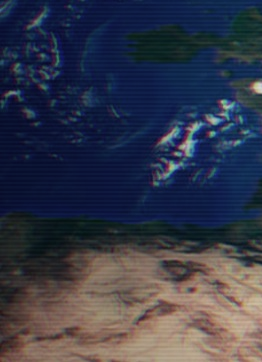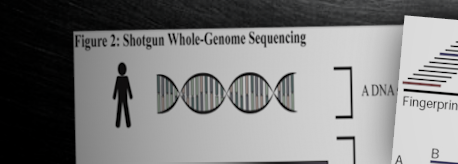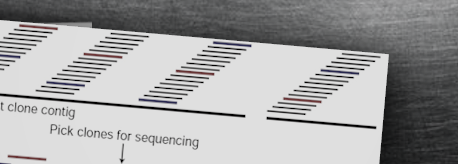
[ COUNTRISE ]
|
[ CANON ]
| ||||
The year is 2023, wenty years after the dawn of a new millennium, the world is inching closer to an abyss. The collapse of Western hegemony has brought about significant changes in the global order, with Eastern European nations capitulating to the might of the Russian military. Despite experiencing a technological revolution in the 2010s that has ushered in a new way of life unparalleled to previous eras, humanity finds itself increasingly ensnared by the lethal grip of nature with each passing year. Amidst these developments, tensions escalate between China, Russia, and the United States, heralding the dawn of a new Cold War era played out on the global stage. Thus, despite facing the prospect of a promising new world, the apprehension grips humanity once again.
Yet, humanity continues to forge ahead towards the future. Will the path they tread lead to Destruction or Coexistence?
About
West Wind is an alternate history universe created by Citainic. It depicts a world that experienced rapid technological advancement following the invention of quantum computers in the 1990s, leading to a Quantum revolution. However, it also portrays a decline of the Western world due to economic downturns in the United States, contrasting with the rise of Russia and China as emerging powers, sparking a new Cold War.
Additionally, it explores the repercussions and abuses of technological advancements in a world reminiscent of the interwar period of the 20th century [1], where movement between nations is not as free as in traditional cyberpunk settings.[2]
CANON
![]() Please refer to the 'Click here' document for more details.
Please refer to the 'Click here' document for more details.
'Quantum Revolution ⇒ 9/11 Terror Attacks ⇒ Great Recession ⇒ The Great Blockade ⇒ The great war of Middle East
The Quantum Revolution marked a significant change in human history, akin to the Renaissance and Industrial Revolution. In 1982, surviving a mishap, Soviet conservative leader Brezhnev ushered in a period of competition known as the Late Cold War, where the Soviet Union championed a stance of Great Sovietism while Reagan's United States promoted anti-communism. The burgeoning field of computer engineering, particularly in emerging computing, intensified competition. The commercialization of PCs accelerated, culminating in the successful control of quantum computing in 1998, marking the onset of the Quantum Revolution.
The 9/11 attacks served as a harbinger of a new era. With the collapse of the Soviet Union and explosive advancements in information technology, the frenzied dominance of the United States-centric global order of the 1990s came to an end. Following the collapse of the Twin Towers, the United States began targeting Islamic nations in retaliation for terrorism. Subsequently, the world transitioned into a chaotic clash of civilizations, witnessing the exacerbation of conflicts between Shia and Sunni factions in the Middle East, alongside the emergence of religious fundamentalism, intensified by technological advancements that desensitized and brutalized warfare.
The Great Recession shattered the Western-centric order. Events like the subprime mortgage crisis of 2008 precipitated a severe blow to the Western world, leading to successive economic crises and the collapse of the old order. The ensuing turmoil sparked Occupy Wall Street protests, signaling changes in US politics, the rise of emerging powers, and the onset of issues that would define the future, including corporate governance and financial politics. However, this era of crisis also witnessed the civilian commercialization of quantum computer technology, alongside the emergence of various advanced technologies. Rapid informatization and computer development, along with advancements in artificial intelligence beyond mere human assistance, marked the Quantum Revolution as a significant turning point in human society, akin to a second Renaissance.
The Decade of Peace saw a significant weakening of US power, leading to rapid changes in the global order. The US withdrew its troops from Iraq and Afghanistan after the Great Recession, implementing large-scale military downsizing policies. This trend affected Europe, weakening the cohesion and influence of the European Union. Meanwhile, Russia and China quietly began to grow, gradually filling the void left by the US. The weakening of the European Union and the growth of Russia led to the rise of far-right regimes in Finland and intensified struggles for influence between Middle Eastern countries and emerging nations over resources. The quest for resources led to the development of alternatives, spurring advancements in space mining technology and biofuel industries.
The Great Blockade froze the world. The outbreak of viruses and escalating conflicts between nations ignited fear and tension. In 2016, President Dick Cheney, aiming for the revival of the United States, collaborated with Russia, previously at odds over the Mongolian issue, to engage in a large-scale trade war with China. Ukraine collapsed amidst global silence, allowing Russia to seize control of the world's natural resources. The resulting blockade lowered the quality of life, deepened polarization, and added chaos to disorder. In the United States, Bernie Sanders of the Progressive Republican Party was elected, advocating for the country's revival. Thus, the era of the New Cold War between Russia, China, and the United States began in earnest.
The Great war of Middle East, also known as the Saudi Arabia-Yemen War, signaled the end of the era of fossil fuels. Stemming from tensions between Iran and Saudi Arabia, this war, the biggest proxy war of the New Cold War era, lasted for years, resulting in a drastic increase in oil prices. Countries with low rates of renewable energy conversion began to crumble, and the European Union legislated limits on oil usage. This served as a catalyst for the development of alternative fuels, leading to the advancement of space mining technology and the emergence of the Green Revolution, following the shale revolution, as a significant event.
- ↑ The rapid decline of former hegemonic powers and the emergence of new powers, akin to the rise of aviation technology during the interwar period, underscore the development of spaceflight technology, among other factors.
- ↑ It leans closer to "Nowpunk," emphasizing modern touch screens and sleek designs of electronic devices. However, the design aspect highlights a retro-cyberpunk aesthetic.









